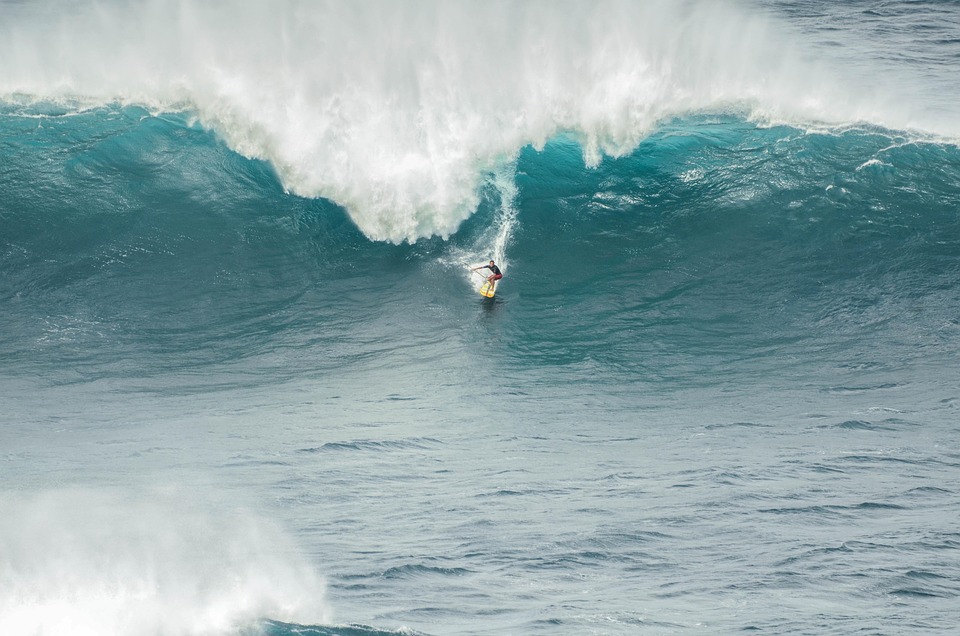In recent years, women’s surfing has witnessed an exhilarating transformation, evolving from a niche activity into a powerful global phenomenon. This journey of empowerment, dedication, and resilience has not only challenged stereotypes but has also reshaped the surf culture itself. With a surge in visibility, sponsorship, and competitive opportunities, women’s surfing is carving out its own space in the sports arena, illustrating the potential of female athletes in a male-dominated environment.
A Brief History
Surfing has deep-rooted origins that can be traced back to ancient Polynesian cultures, where both men and women participated. However, as the sport gained popularity in the 20th century, it became predominantly male-focused. In the early days, women surfers often struggled for recognition and respect, relegated to the sidelines of the competitive surfing scene. Despite these obstacles, trailblazers like Linda Benson and Rell Sunn paved the way, pushing boundaries and inspiring a generation of female surfers.
Grassroots Movements
The resurgence of women’s surfing began locally, with grassroots movements forming to support aspiring female athletes. Surf schools specializing in women’s instruction emerged, creating safe spaces for women to learn and grow in the water. Communities began to recognize the importance of inclusivity, leading to events specifically catering to female surfers. Organizations like the Women’s Surfing Foundation and local surf clubs actively promoted women’s participation, thereby fostering a sense of belonging and empowerment.
The Competitive Scene
The competitive landscape for women has dramatically evolved over the past few decades. Major surf competitions, including the World Surf League (WSL), began to recognize the talents and contributions of female surfers. The inclusion of women in professional events, equal prize money, and increased media coverage are monumental steps toward gender equality in the sport. Athletes like Carissa Moore and Stephanie Gilmore have become icons, not just for their competitive prowess but also for their roles as ambassadors and advocates for the sport.
Iconic Figures
Carissa Moore, a four-time world champion from Hawaii, exemplifies the merging of talent and advocacy. She has not only dominated the waves but has also used her platform to inspire young girls to pursue their dreams, proving that women can excel in surfing without conforming to traditional gender roles. Similarly, Australia’s Stephanie Gilmore and American surfer Lakey Peterson have capitalized on media presence and sponsorship deals, adding to the growing narrative of women’s surfing on a global scale.
Media Representation
The portrayal of women’s surfing has significantly improved, thanks to media outlets that have dedicated time and resources to showcase female surfers. Documentaries, social media platforms, and dedicated surf films have elevated women’s stories, giving them the visibility and recognition they deserve. Productions like "The Wave I Ride," featuring the life of surfer Bethany Hamilton, have contributed to broader societal conversations about resilience and determination.
The Global Surfing Community
Women’s surfing is not just confined to its origins in Hawaii or California; it has become a global phenomenon. Countries from Indonesia to South Africa now boast thriving female surfing communities. This international growth has been fueled by tourism, social media, and the universal appeal of the ocean. Women from diverse backgrounds are increasingly taking to the waves, sharing their stories, and forging connections across cultures.
Events and Festivals
Global surf events and festivals have embraced women’s divisions, celebrating the sport’s diversity. The growing popularity of events like the "Red Bull Magnitude" contest for women showcases the astonishing talent of female surfers, further solidifying their place in competitive surfing. These platforms highlight women’s contributions, encouraging novice surfers to pursue their passion without hesitation.
Challenges Ahead
Despite the advancements in women’s surfing, challenges remain. Issues such as gender disparity in sponsorship, media representation, and access to resources continue to complicate the journey. Moreover, the surf culture’s inherent challenges, such as sexism and misogyny, still need to be addressed. Solutions will require a collective effort from the surfing community, sponsors, and media alike to ensure that women’s surfing not only thrives but also inspires future generations.
Conclusion
The rise of women’s surfing represents a microcosm of broader societal changes toward gender equality and empowerment. From local struggles to global recognition, female surfers are shaping the future of the sport and redefining what it means to be a surfer. As more women take to the waves, ride the tide of progress, and break barriers, the surfing world is enriched in ways that echo beyond the beach. By celebrating and supporting women in surfing, we embrace a transformative narrative that champions inclusivity, resilience, and the undying spirit of adventure. The journey from local to global has only just begun, and the waves of change continue to grow, promising an exciting future for women’s surfing.



